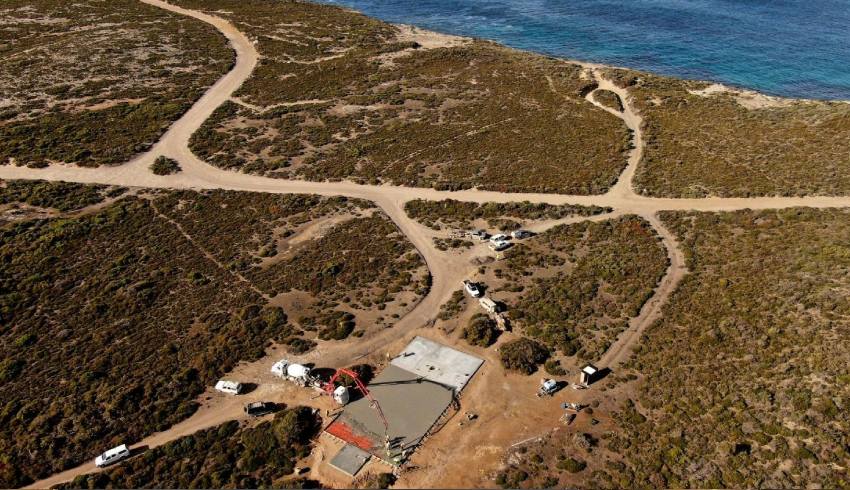
The Australian Space Agency (ASA) confirmed SA-based Southern Launch will launch its second-ever rocket into space from the site, which was approved in late August by the government.
The company will use Taiwan Innovative Space’s (tiSPACE) Hapith I rocket as part of testing whether the site is viable for future suborbital launches.
TiSPACE’s Hapith I is a 10 meter, two-stage rocket, designed to be lightweight while carrying significant payloads into space – along with reduced costs.
Data will be collected during the missions, measuring environmental impacts on the rocket during its orbit.
Southern Launch’s chief executive Lloyd Damp said the rocket can operate within numerous weather conditions, but the designated time will be between 6am to 6pm.
"We're working with the BOM and with other sources of information to work out when we could potentially launch during that day," Damp said to the ABC.
"I would love to see Thursday come out as a beautiful blue day with not a cloud in the sky.”
In September last year, Southern Launch completed its first rocket lift-off from the Koonibba Test Range in South Australia with its TED-01 DART.
This led to the company receiving approval in June this year to construct infrastructure necessary to support the test launch campaign in Whalers Way.
Local conservation authorities and councils were in opposition of the location chosen; due to the various federal-listed threatened bird species it would disturb.
But in late August, Whalers Way was officially approved by the Australian government as a commercial launch site, the first established in the nation.
On Tuesday, Southern Launch announced its temporary marine restrictions to make way for the three launches set for this year.
“For safety reasons, vessels and persons other than those participating in the event are prohibited from entering the above area of water on the notified launch occasions,” it said.
From 5 September to 31 December, the zone will be closed to tourists and locals.
Some locals are concerned about the launch impacting wildlife in the sea, such as Whales, but Southern Launch said it would monitor the area before the mission begins.
The company said one of the reasons it left a 12-hour window for the launch was so it had time to assess any active sea-life near the pad before lift-off.
Damp said the noise of each launch will depend on their size: “The bigger the rocket, the louder the noise.
“These are very small rockets. We have an active water deluge system so there should be water sprayed all around the place which will help to dampen the noise as well.
"We anticipate for us, on the range, it should be as loud as distant thunder. For people off the range, you should just be able to hear it."

Isabella Richards
Bella Richards is a journalist who has written for several local newspapers, her university newspaper and a tech magazine, and completed her Bachelor of Communications (Journalism) at the University of Technology Sydney in 2020. She joined Momentum Media in 2021, and has since written breaking news stories across Space Connect, Australian Aviation and World of Aviation.
You can email Bella on: [email protected]
Receive the latest developments and updates on Australia’s space industry direct to your inbox. Subscribe today to Space Connect here.









